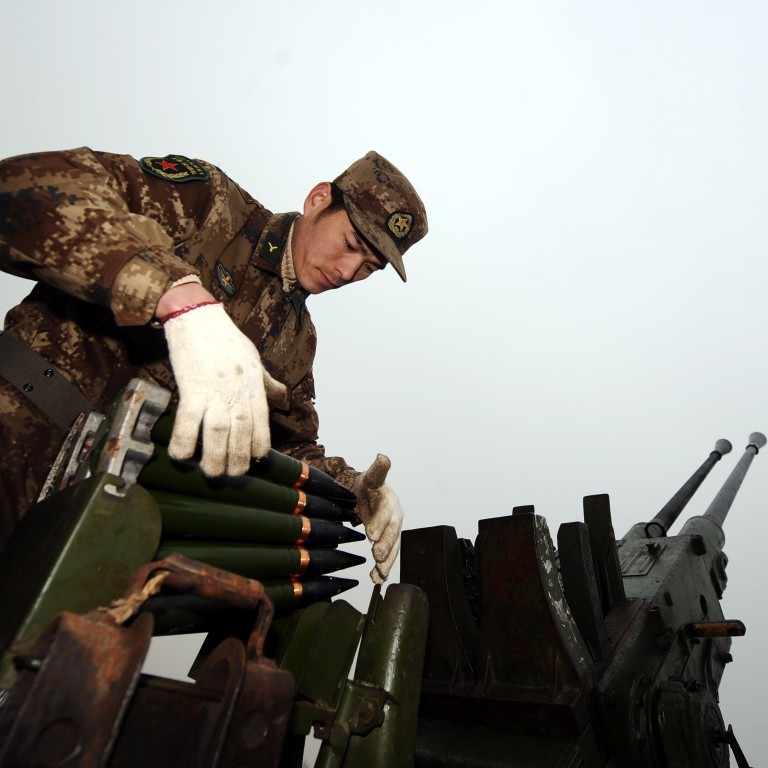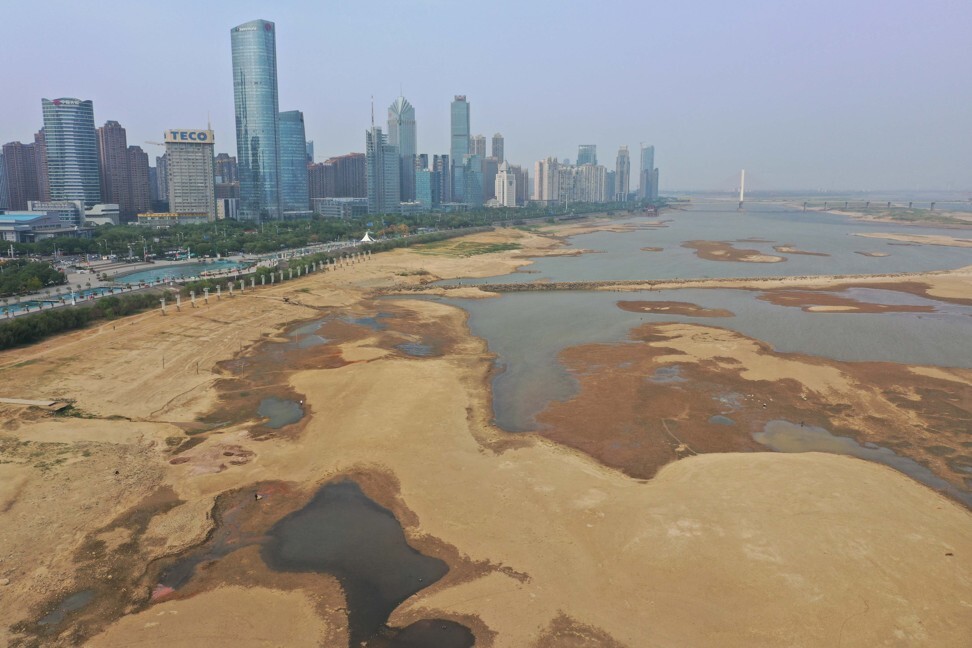
Master of weather? China in drive to advance rain-making tech
- China’s expanded weather modification efforts would support emergency response plans to deal with events such as drought and hailstorms
- Its artificial rainfall and snowfall operations will cover an area of more than 5.5 million sq km – greater than the total size of Southeast Asia
Fast-forward around 12 years since that Olympiad, and China now plans to aggressively expand its weather control programme. The country expects its artificial rainfall and snowfall operations to cover an area of more than 5.5 million square kilometres – greater than the total 4.5 million sq km size of Southeast Asia.
The State Council issued a circular on December 2 that laid out measures for “the quality development of weather modification”.
Weather modification, according to the document, would support: forecasts of disasters such as drought and hailstorms, as well as zoning work in agricultural production areas; normal working plans for regions in need of ecological protection and restoration; and emergency response plans to deal with events such as forest or grassland fires, and unusually high temperature or droughts.
China needs more water. So it’s building a rain-making network three times the size of Spain
The goal is to establish an advanced “weather modification system by 2025” in terms of operations, technologies and services, according to the State Council, China’s chief administrative authority.
That would include “breakthroughs in fundamental research and development in key technologies”, refined services, and “comprehensive prevention against safety risks”.
For hail suppression, the country’s operations would cover an area beyond 580,000 sq km, according to the circular.
Whether it is called cloud-seeding, rain-making or “precipitation enhancement”, weather modification is common in China.
The technology is simple. Meteorologists identify moisture-bearing clouds and scatter a small amount of chemical – usually silver iodide – into the dense mass. The silver iodide crystals act as nuclei, around which moisture collects in the form of ice. This becomes heavy and falls, turning to water once it passes below a certain temperature threshold.

Cloud-seeding is also practised in the United States, where the science was developed in 1946. Australia and Russia do it, too.
“China is the world’s leading user of state power for rainfall enhancement through weather modification,” wrote three National Taiwan University researchers in a 2017 paper published in the scientific journal Geoforum.
That report said widespread implementation of weather modification programmes could potentially spur conflicts. It indicated that the lack of international coordination could result in “rain stealing” between neighbouring countries.

